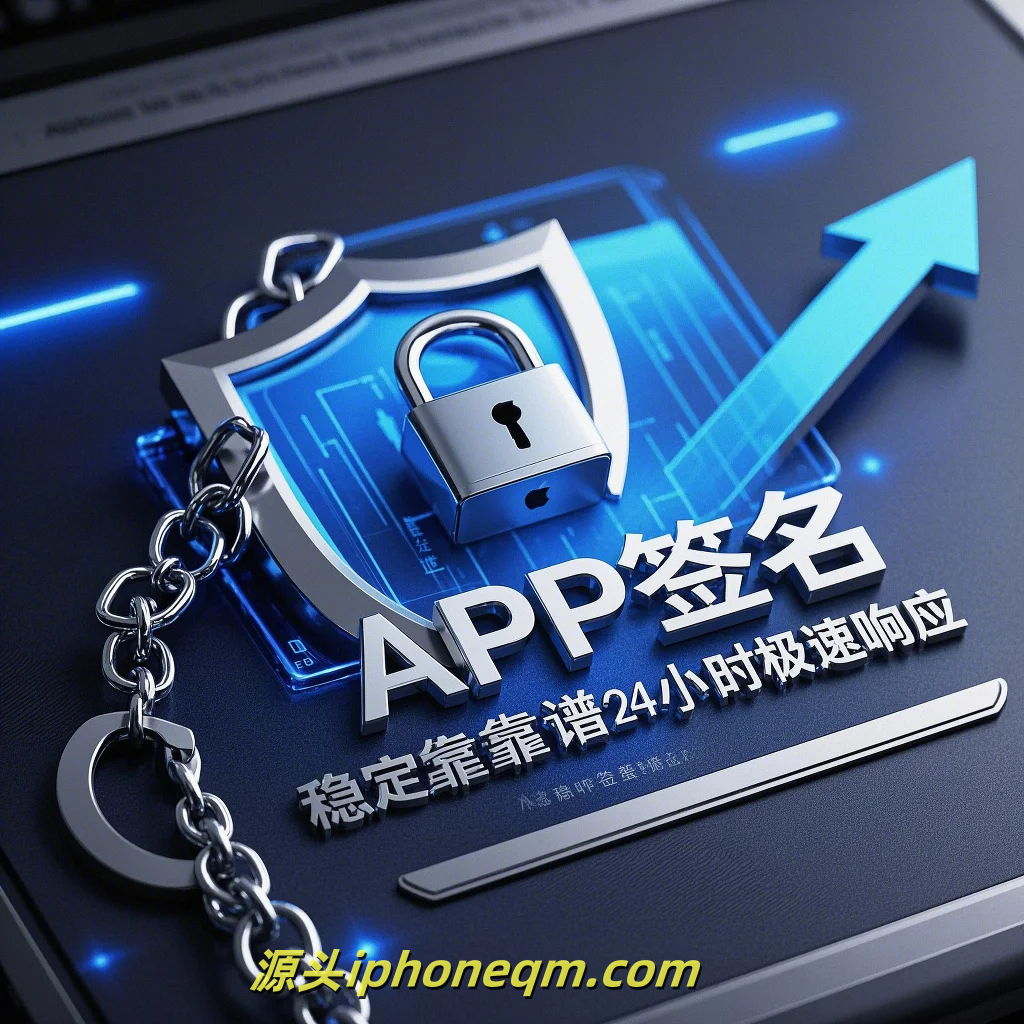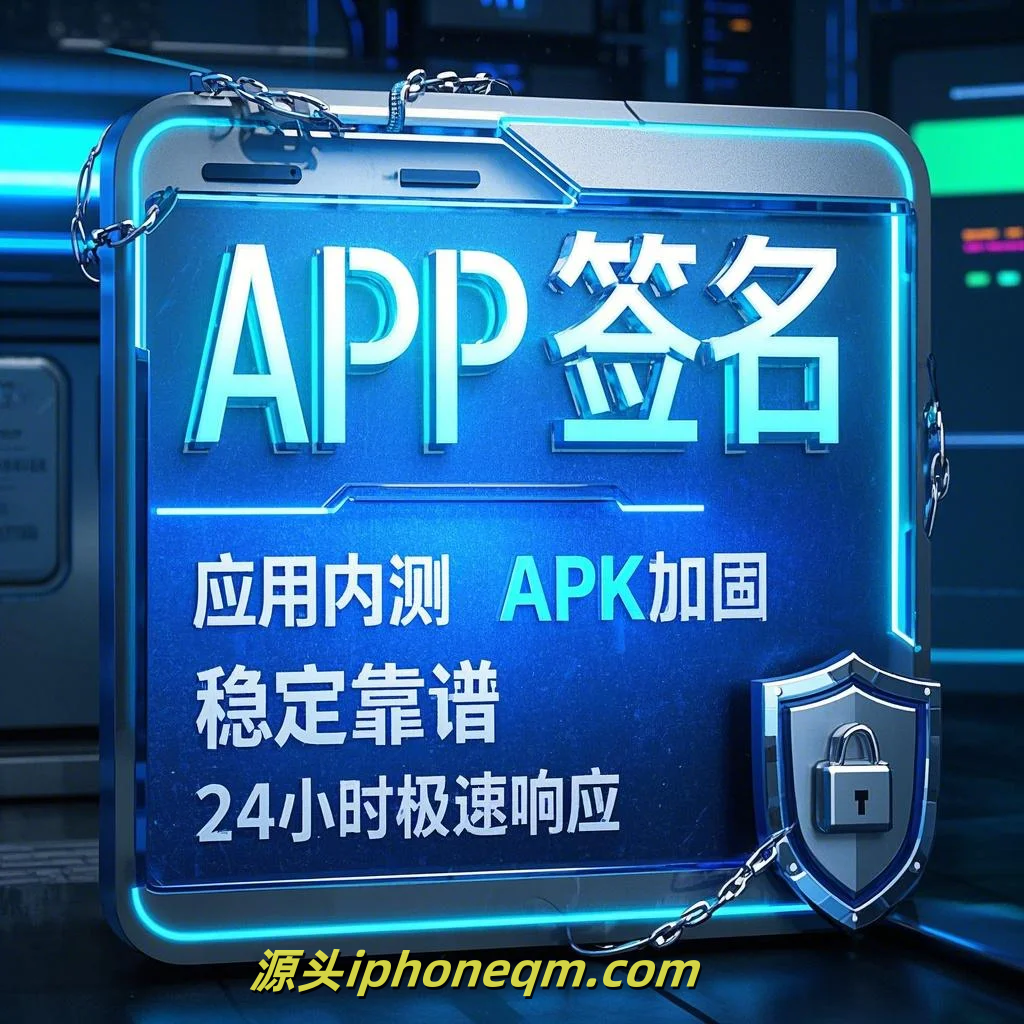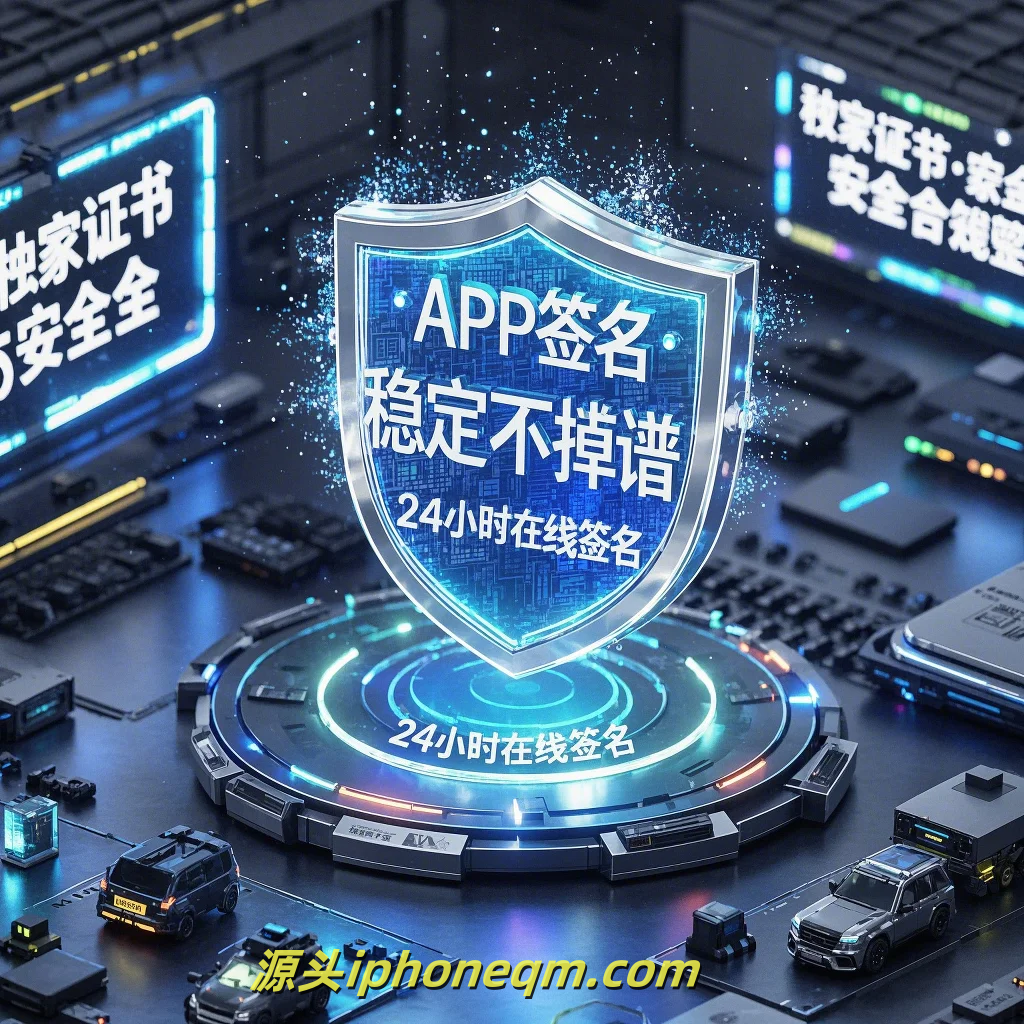The Challenges of Implementing iOS Signing
In the world of mobile app development, particularly for iOS, a critical aspect that developers often encounter is the complexity of code signing. iOS code signing is essential for ensuring that an application can be verified as authentic and secure, granting it the necessary permissions to run on Apple devices. However, many developers, especially those new to the platform, face numerous challenges when implementing iOS signing. This article will explore the main hurdles experienced during this process.
Firstly, the initial complexity of Apple's signing process can be daunting. The requirement to create certificates, identifiers, and provisioning profiles can overwhelm developers. These components play a crucial role in establishing trust within the iOS ecosystem. Developers need to navigate through the Apple Developer portal to create and manage their certificates, which requires a solid understanding of the entire signing workflow. For newcomers, the learning curve can be steep, leading to confusion and potential frustration.
Moreover, managing provisioning profiles adds another layer of complexity. Provisioning profiles are essential because they allow apps to run on physical devices and are validated against the development certificate. Developers need to remember to regularly update and manage these profiles since they can expire or become invalid. Failing to renew may prevent apps from being deployed, causing delays and disruptions in the development cycle, which can be particularly challenging for teams operating under tight deadlines.
Another significant challenge lies in the differences between types of signing. There are distinct profiles for development, distribution, and App Store deployment. Developers must ensure they are using the correct profile for each process, as mistakes can lead to errors during deployment. This can be confusing, especially when building applications that require both testing and production environments. Understanding when and how to switch between these profiles can be cumbersome, detracting from valuable development time.
Debugging signing issues is another common pain point. Developers often encounter code signing errors that can be cryptic and difficult to understand. Problems may arise due to incorrect certificates, expired provisioning profiles, or mismatches between app identifiers and profiles. These issues can lead to significant downtime as developers spend considerable time troubleshooting rather than focusing on writing code or enhancing features. The error messages provided by Xcode can sometimes be vague, leaving developers unsure of how to resolve the problem effectively.
Furthermore, collaboration within development teams can complicate the signing process. Different team members might have different configurations or versions of certificates installed, leading to inconsistencies when signing apps. Effective communication is crucial, and a lack of established practices for managing signing certificates across the team can result in conflicts and failures during the build process.

Lastly, the reliance on Apple's ecosystem can be both a benefit and a challenge. While Apple's strict signing policies enhance security, they can also create friction for developers trying to iterate rapidly. Restricted access to certain capabilities can force developers to constantly shift their strategies and workflow, potentially stifering creativity and innovation.
In conclusion, while iOS signing is an essential process in the development of mobile applications, it presents numerous challenges for developers. From the intricate setup of certificates and provisioning profiles to the complexities of debugging and collaboration, various barriers can impede the development workflow. By understanding these challenges, developers can better prepare themselves to navigate the iOS signing landscape, ultimately leading to more efficient implementation and a smoother development process. Fostering a deeper understanding of the signing process and establishing best practices can help alleviate some of these challenges, paving the way for successful app development on the iOS platform.
扫描二维码推送至手机访问。
版权声明:本文由MDM苹果签名,IPA签名,苹果企业签名,苹果超级签,ios企业签名,iphoneqm.com发布,如需转载请注明出处。












